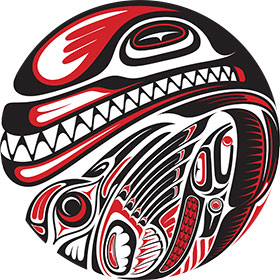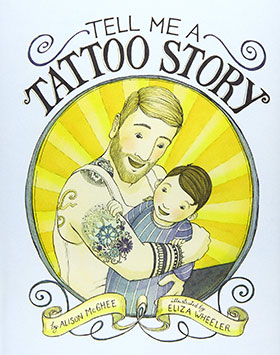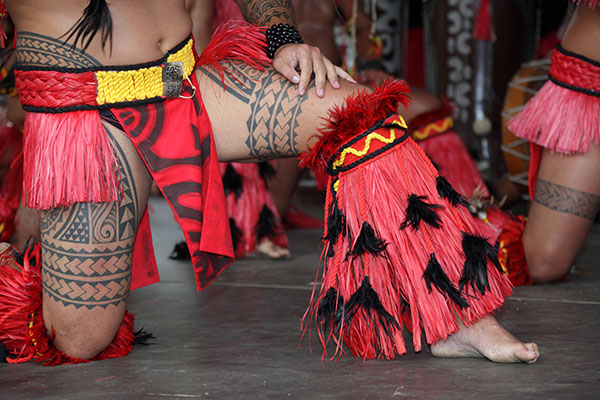Many Ways We Tell Our Stories: Tattoos
 We tell our stories – we tell on ourselves – by the symbols we wear on our skin.
We tell our stories – we tell on ourselves – by the symbols we wear on our skin.
Who are you? Tattoo is how I tell you. Look at my face. Tattoo symbols tell you of my family, my heritage, my status. Oldest daughter? Youngest son of whom, a chief? A warrior?
What brave deeds have I done? What strength have I shown? Won battles? Guided our people across open seas to distant islands? Harpooned a whale to feed our village?
Recently the use of tattoos has become “recreational” or decorative. But the original purpose was sacred, a way of expressing one’s values, one’s commitment to family and community. Tattoo has been used by Pacific Islanders and Alaskan tribal nations for centuries.
A recent revival of facial tattoos by Native women of Alaska has become part of their journey of healing from decades of racial abuse and subjugation. Especially in the Anchorage area one sees the strong revival of Inuit women’s traditional facial tattooing, tupik. The tradition of female face tattooing dates back thousands of years in the Inuit culture.
Look at my tattoos. They tell my story.
TRY THIS
Make your own tattoo design, on paper. List five aspects of YOU that the tattoo represents. Think about including an insect, a letter or a word, an animal shape or an earth shape such as waves in the ocean, mountain peaks, a river, a tree? What do you want to tell about yourself?
READ MORE
 Enjoy Tell Me a Tattoo Story by Alison McGhee and Eliza Wheeler, Chronicle Books, at your favorite library or bookseller.
Enjoy Tell Me a Tattoo Story by Alison McGhee and Eliza Wheeler, Chronicle Books, at your favorite library or bookseller.
Here’s a Pinterest board with indigenous tattoos.
“Honoring Inuit Culture through Traditional Tattoos,” Nicole Rupersburg, Springboard for the Arts.
In Samoa, both men and women tattoo the upper legs. For boys coming of age a tattoo shows their courage and their rank amongst peers—similar to how one can look at a military uniform and “read” a soldier’s rank, status, deeds—special accomplishments. “Polynesian Tattoo: History, Meanings, and Designs,” Zealand Tattoo.
